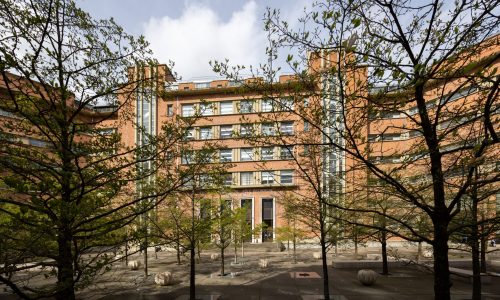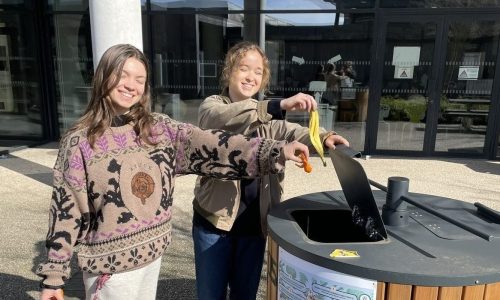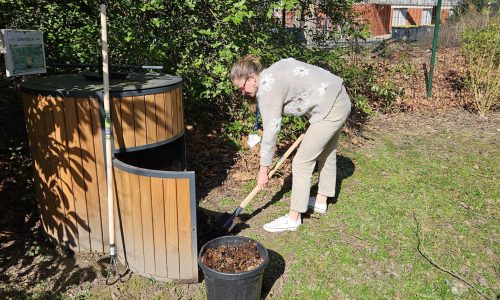
Conversation with Julien Thevenet, biological engineer in Unit 1190, ‘Translational Research on Diabetes,’ and leader of the composting project in the Department of Medicine/UFR3S Campus.

The University of Lille is committed to an Energy Transition Plan that includes a comprehensive project to reduce its carbon footprint through, among other things, waste reduction.
Easy To Compost is supporting the UFR3S campus in a pilot food waste composting project: students and staff throw their food scraps into compost bins located near the buildings.
“With composters, we are reducing the amount of waste generated by hotels that is destined for incineration. The aim is to extend the scheme to the entire campus.”

At the request of students on campus, a compost bin has been installed in the training centre. After a few sorting difficulties at the start, a communication campaign (posters, newsletter, communication via student associations) ensured that the compost bins were used correctly. As a reward, the compost generated will be used in the campus flower beds and even distributed!
“The use of composters is now widely understood, and they are easy to use. To ensure effectiveness, communication is an integral part of the purchase of a composter.”

The compost produced from food waste is used to enrich the soil of new green spaces created on campus and to nourish fruit trees. A designated member of staff and volunteer students participate in this composting activity and in participatory gardening projects.
“It doesn’t require any work, and seeing life in the compost has reinforced our belief that we made the right choice.”
With 800 kg of sorted and composted food waste, we reduce our carbon footprint by more than 140 kg.
Photo credit:
Maurice De Meulaere (UFR3S Communications Department)